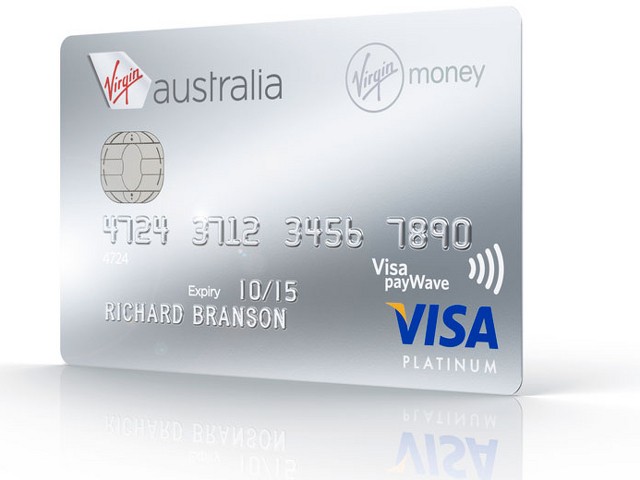Australian Stock Market Watch
Post on: 3 Август, 2015 No Comment

Sunday, July 20, 2014
Stock market and High frequency trading
High frequency and computerised trading and rogue trading is again in the news with trader Mr Adoboli working for UBS who was arrested at his desk, is alleged to have lost 1.3 billion through his rogue trades according to the company. now also annoucing that they might go into a loss in this quarter. According to some reports in the media it was said that Mr Adoboli Himself had reported the trade when the trade went bad before the computers picked up the loss.
Not so long ago in 2008 Jérôme Kerviel. the Paris-based Société Générale trader lost 4 billion in rogue trades, but fought it out in court contesting that the trading firm knew about his trades with large amounts.
High frequency computerised trading in Australia
HFT drives the wild swings in global markets and in co-relation influences the local assets, the intensity is expected to rise with online exchange Chi-X to begin operating in Australia soon with a limited number of stocks in November. The ASX will launch its PureMatch trade transaction network. geared towards attracting high-frequency trading customers, in the same month.
Trading robots and Investment firms
A High frequency Trading ( HFT ) program is essentially robots or custom created software trading the market. This software is custom made for big investment firms. so that they can use this software on high end computers to execute them fast on the market. when certain criteria are met( for eg the price of s stock falls a certain percentage quickly then the software can sell the stock rapidly, these trades sometimes takes multiple criteria and factors to execute a trade).The software are often also called trading robots. These robots or programs can also be describes as Computer platform that allows the Financial Institution to engage in sophisticated high-speed, and high-volume trades on various stock and commodities markets. Among other things, the platform is capable of quickly obtaining and processing information regarding rapid developments in these markets.
The problem is that so many of them are tied to look for the same price movements. So if one robot starts buying it just feeds all the other bots to do the same. Its one factor contributing to these ridiculous swings you see on the markets. .At the same time sometimes when one robot of a big investment firms sells this can create a price drop on a stock, this can trigger another robot also to sell, thus creating a big sell off on the market as well. The big investment firms are quite secretive of the the algorithm that their robots trade on. as other trading firms can take advantage of this knowledge The rapid speed of this approach allows hedge funds and banks to dip into shares, commodities and other investments, sometimes in a matter of seconds to do massive trades to realise big profits. Goldman Sachs is a leader in the business of computed millisecond stock trades, reaping great profits from the transactions.
Recently ,computer trading software was in the news when according to media reports Sergey Aleynikov, tried to steal the computer trading software from Goldmans Sachs automated stock and commodities trading business program.These software helps generate millions of dollars in profits each year.
When huge volumes of stock are moved or traded in such short time, fortunes are made and lost before anyone without such fast access can respond. The market changes in a blink of an eye faster than the trader on the floor can pick up his phone. Australia does not allow for the kinds of arbitrage trading seen between trading platforms in the US and Europe. Critics say HFT is arbitrage. because its getting something for nothing. which means that everyone pays, though many traders argue that HFT is no different from day-trading or even buy and hold and therefore is not arbitrage.
In Australia, a high-profile court case between two local market heavyweights, Optiver and Tibra Capital. was in courts amid intense secrecy over revealing computer codes used in the trading strategy because of their incredible value
Flash trades Algorithmic trading and Wash trades
Traders Magazine defined Flash trading. otherwise known as a flash order as a marketable order sent to a market centre that is not quoting the industry’s best price or that cannot fill that order in its entirety. The order is then flashed to recipients of the venue’s proprietary data feed to see if any of those firms wants to take the other side of the order. This practice enables the market centre to try to keep the trade.
The practice of flashing orders across trading platforms helps providers of market liquidity, many of whom are high-frequency traders with powerful computer trading systems, to attract buy and sell orders from investors. Critics of the practice says sometimes some big traders can unfairly exploit others with this method.
An ASX review details »wash trades». with the information that a wash trade »is deemed to create a false and misleading appearance of active trading in a security» and breaches the Corporations Act
The European Commission, the 27-nation European Unions executive arm, is considering listing specific examples of strategies using algorithmic and high-frequency trading that should be punished by regulators as market manipulation
Australia. ASIC and High frequency trading
Electronic traders have been active in the Australian Stock market for several years. The most recent estimates suggest that high-frequency traders (HFT) make up about 20 per cent of the local share market’s trades. ASIC has flagged tightening controls on stockbrokers that allow hedge funds to use their systems for high-frequency electronic trading as it prepares to open the Australian market to high-frequency trading groups














